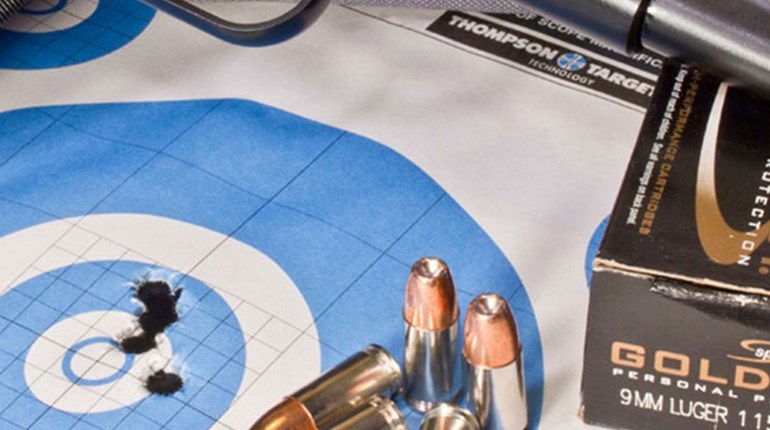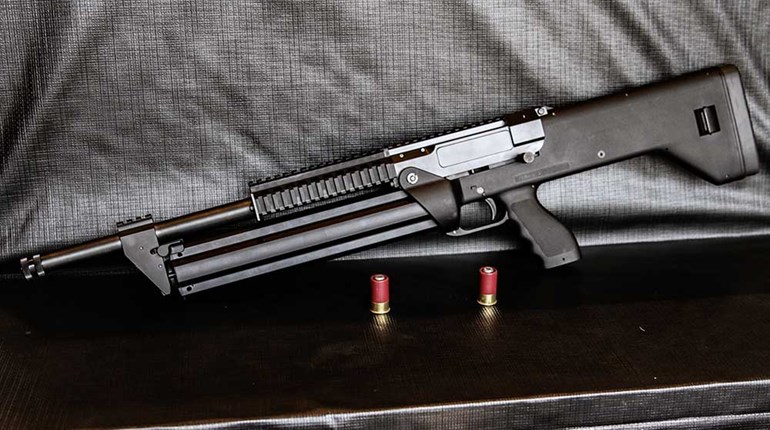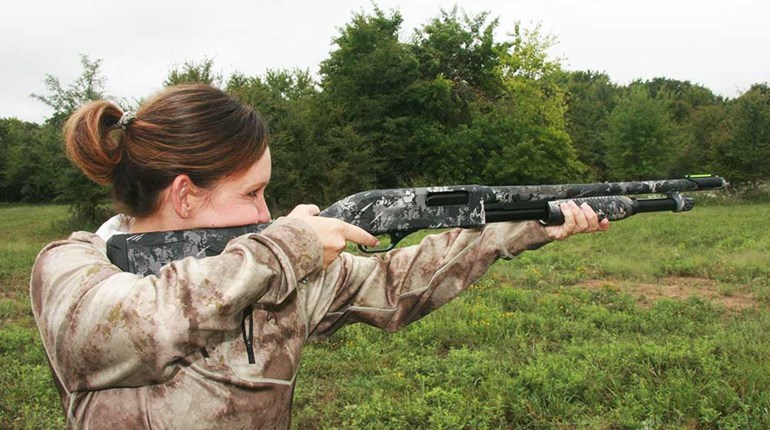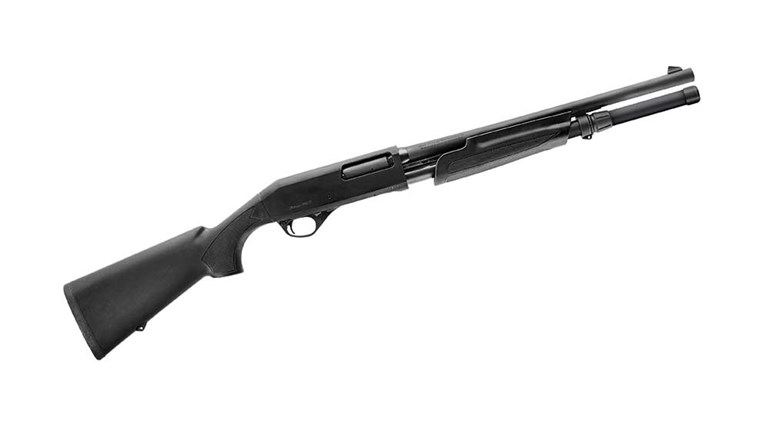
 The Myth
The Myth
I was in a turkey hunting camp this spring when someone spouted, “Yea, my gobbler would’ve had a 13 inch beard, but it wore off and so it’s only 10 inches.”
To which another guy then replied,” That’s B.S. Turkeys’ beards don’t wear off or rot off.”
And of course this comment spurred vigorous debate and copious name-calling. In the end we failed to find the answer. So I want to know: Can turkeys really wear off their beards? Can beards rot off or otherwise fall off?
The Long and Short of It
A simple Google search revealed a very good Frequently Asked Questions page about turkeys from the Pennsylvania Game Commission. It clearly states the following fact: “Turkey beards are actually comprised of bristles or filaments that appear to be hair-like, modified feathers known as mesofiloplumes.”
The fact page also says that turkey beards rarely get longer than 10 or 11 inches because the beard begins to drag snow or the ground and wears off. But it said nothing about rotting beards, so I called Mary Joe Casalena, the Pennsylvania Game Commission's chief turkey biologist/guru. She’s also a hunter.
“If a turkey has a vitamin deficiency it will show up in its beard like a rust-colored ring around the beard,” she said. “It will be brittle and can break off." She does not believe “rotting” is a common culprit of beard break-offs, but vitamin deficiency is. It's thought that hunters often mistake this rust-colored ring for rot.
The Answer
Turkeys’ beards can certainly wear off, be broken off, or be shot off! But they likely don't rot off. Regardless, if someone tells you their gobbler should have had a 15-inch beard if it hadn’t worn off, tell them that you would be the Jeopardy champion if their nonsense hadn’t worn off on you!





































